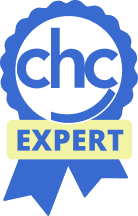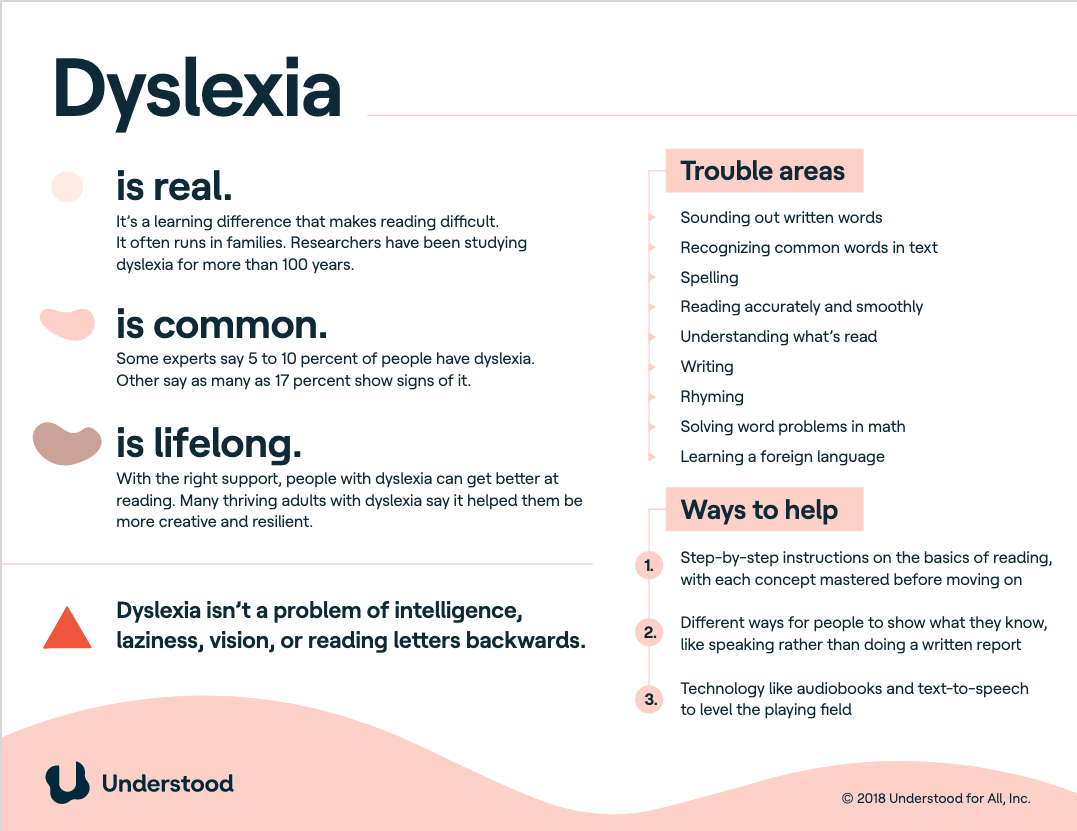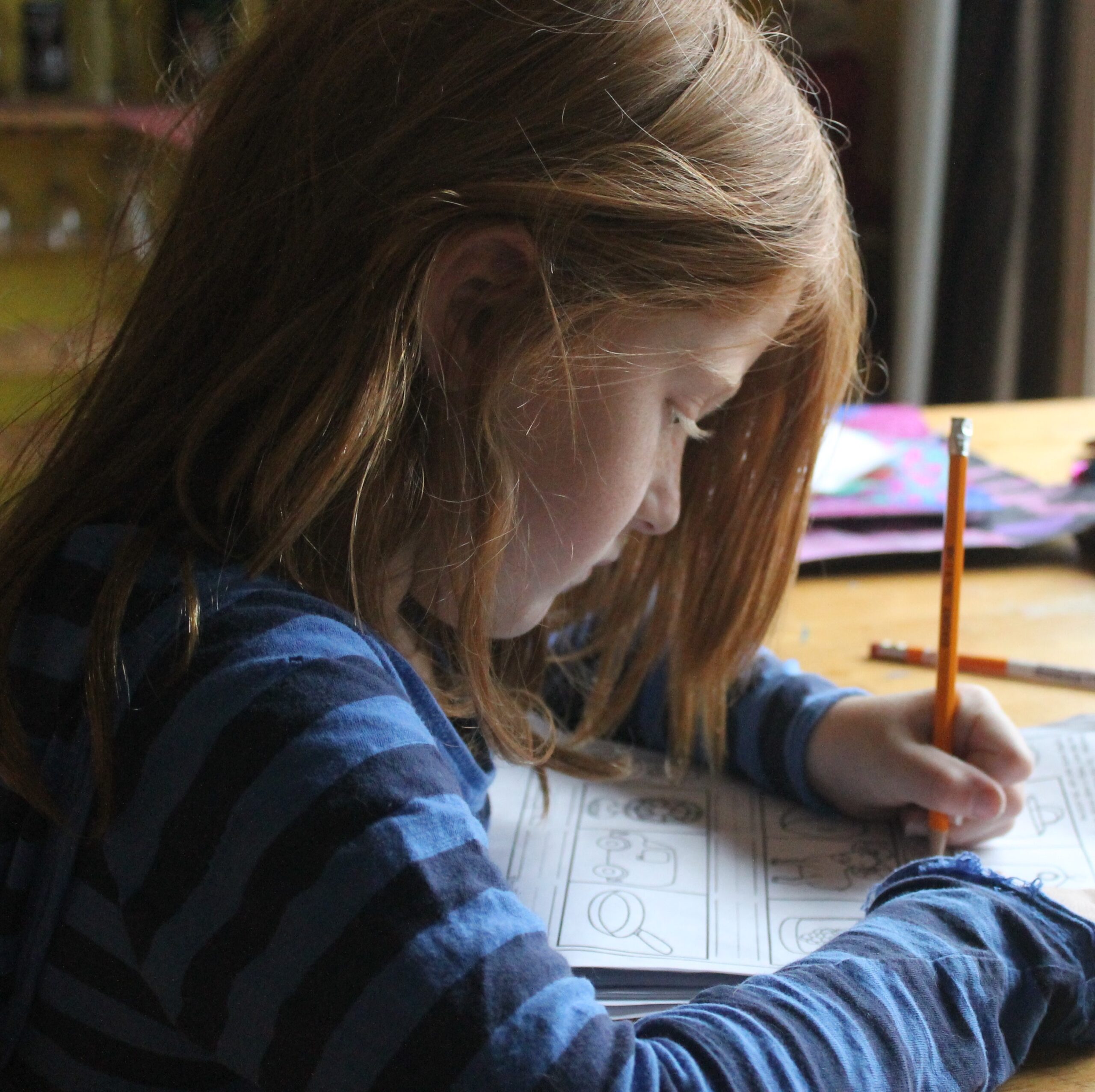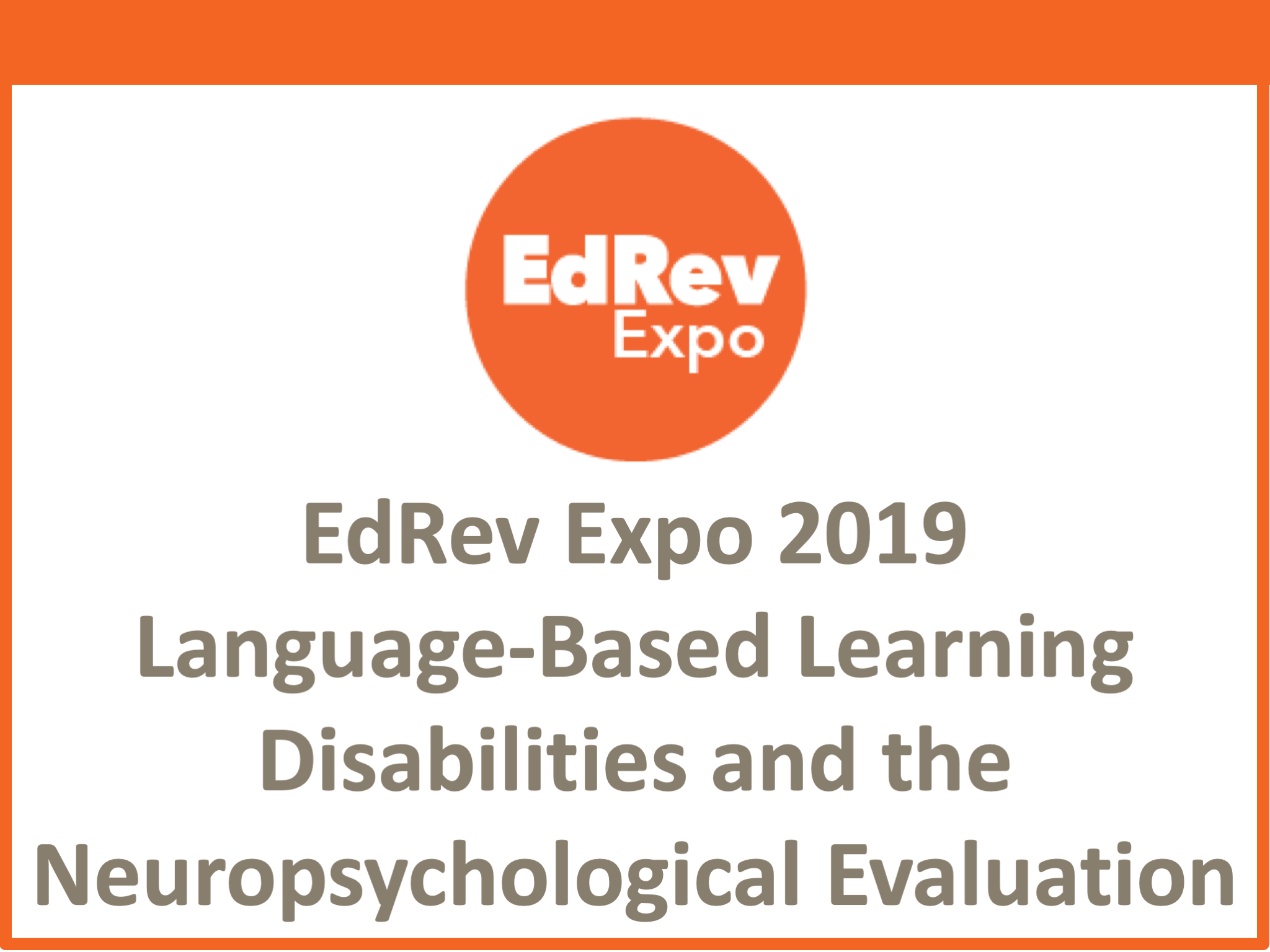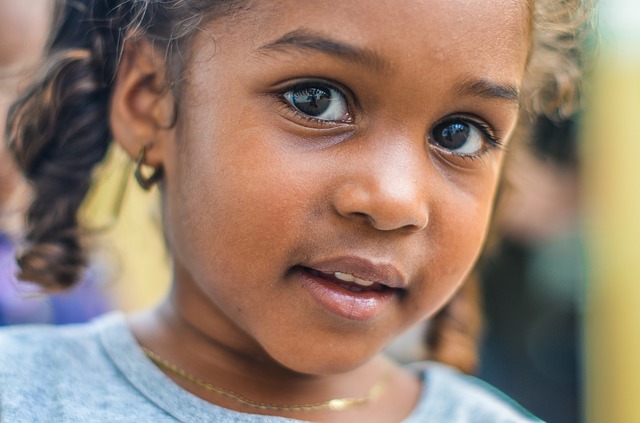 How many words does a typical 18-month-old child speak? Does speaking more than one language to a child confuse her or delay language development? Test your knowledge about speech and language development in young children with this 10-question quiz developed by CHC’s speech and language pathology (SLP) team.
How many words does a typical 18-month-old child speak? Does speaking more than one language to a child confuse her or delay language development? Test your knowledge about speech and language development in young children with this 10-question quiz developed by CHC’s speech and language pathology (SLP) team.
True or false….
- An 18-month-old child is expected to speak 50 words.
- A 3-year-old child is expected to follow three-step directions.
- Teaching a child who’s a late talker sign language may increase language, but deter speech.
- A 2-year-old child may speak in two to three-word utterances and use as many as 200 words.
- It’s important to start talking to children when they’re 12 months, the age they start speaking.
- Speaking more than one language to a child who has a language impairment does not confuse him/her.
- It’s easier on any child if caregivers limit the spoken languages in the home to one language, preferably the community language.
- Children under the age of two are too young to receive speech/language therapy.
- Four-year-old children are expected to be 100% intelligible to all listeners, even though they may still have several speech sounds to master.
- Children who are nonverbal may still learn to communicate and engage in full conversations with others with the right kind of therapy and supports in place.
How Did You Do?
- True. 18-month-old children are expected to speak about 50 words, and begin to combine words between 18-24 months.
- True. One-year-olds are expected to follow one-step directions (e.g. “Give the cup to daddy.”), two-year olds are expected to follow two-step directions (e.g. “Pick up your toys, and put them in the box.”), and three-year-olds are expected to follow three-step directions (e.g. “Take off your shoes, wash your hands, and sit at the table.”).
- False. Teaching sign language to a child who’s a later talker often promotes speech/language development because it’s easier to coordinate and easier to process visually (and children with language impairments tend to be better visual processors). It is best to verbalize along with signing, and sign language may be phased out when the child begins to speak on his/her own.
- True. Children at two years have a growing expressive vocabulary of 200 words and receptive vocabulary of 300+ words. They mostly use two-word phrases at age two (should no longer rely on pointing/grunts), and may begin to express three-word utterances as they approach three.
- False. It’s important to start talking to your children at birth about whatever is going on around them to provide appropriate language stimulation. Infants’ language systems develop rapidly, and every month in their first year they understand and express something new (from voices to sounds to words to sentences).
- True. Exposing any child (regardless of language competency) to multiple languages will not confuse him/her, but rather provide him/her numerous advantages as a child and later as an adult.
- False. It is best if caregivers speak to their child in their native language(s) in order to provide the optimal language model/stimulation (from heart to heart). Limiting the languages to the community language may prevent caregivers’ ability to provide the optimal model and the child’s opportunity to receive the advantages of growing up multilingual.
- False. Children as young as 9-12 months may receive speech therapy if they are not yet babbling or pointing, and at 12-15 months if they are not yet pointing or using first words. Children as young as 0-3 months may receive feeding support from an SLP if they cannot latch or suck properly. The age to start speech/language therapy is when a child is not reaching the expected developmental milestones within the time frame.
- True. At age four, children may still not produce the sounds “sh,” “ch,” “j,” “th,” or /r/ clearly, but they are expected to be 100% intelligible to familiar and unfamiliar listeners. If a child is less than 90-100% intelligible at this age, it’s recommended to refer to an SLP.
- True. Typically children who are nonverbal or have poor speech intelligibly work with an SLP to learn to use an appropriate Alternative or Augmentative Communication System (AAC). An AAC, which may be high tech or low tech, is a visual system that provides the user with a meaningful and functional vocabulary system that may be used to express a variety of utterances to communicate with a variety of conversation partners. The complexity of utterances and conversation depends mostly on the user’s cognitive, language, and social abilities.
Do you have concerns about your child’s speech and language development? Learn more about CHC’s services. To schedule an evaluation, call or email a CHC Care Coordinator at 650.688.3625 or careteam@stage.chconline.org
